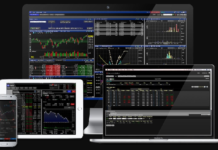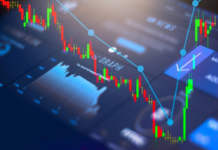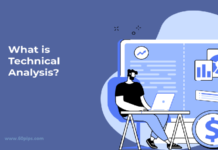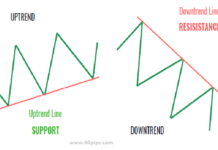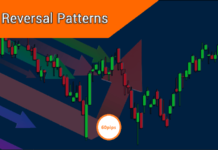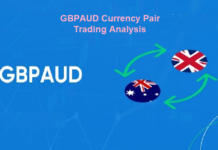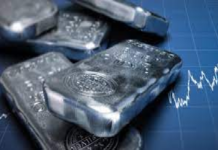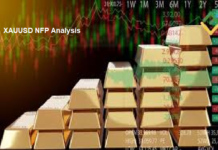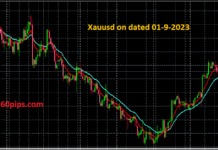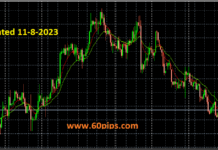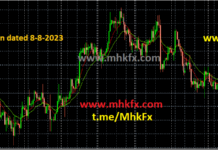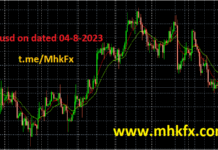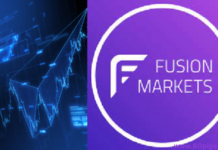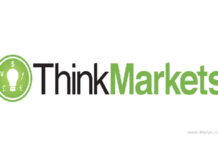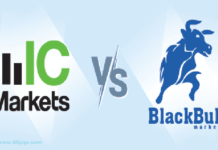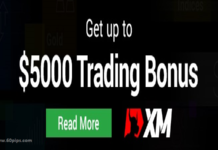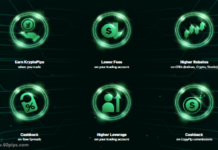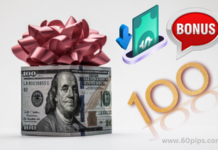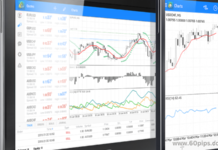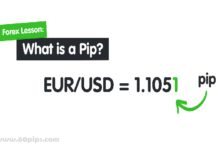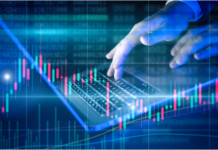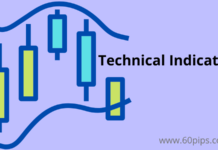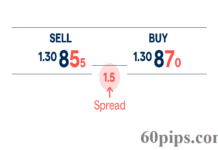Forex is not so difficult but you need to learn and practice for few months. Everyone can start trading from anywhere in the globe. There are so many regulated forex broker in the world. Forex and CFD trading regulator well known in the globe as ASIC (from australia), FSA (from UK) and CySec (from EU). But most of the companies are not work at USA due to legal permission.
Starting Forex (foreign exchange) and CFD (contract for difference) trading can be an exciting but risky endeavor. It’s crucial to understand the basics and develop a solid strategy before you begin. Here’s a step-by-step guide on how to get started:
Educate Yourself:
Learn the basics of Forex and CFD trading. Understand how the markets work, what influences currency and asset prices, and the risks involved. There are many online resources, courses, and books available to help you build your knowledge.
Choose a Reliable Broker:
Select a reputable Forex and CFD broker. Look for one that is regulated by a recognized authority in your region. Research their fees, trading platforms, customer service, and available instruments.
Create a Trading Plan:
Develop a trading plan that outlines your goals, risk tolerance, and strategy. Decide what assets you want to trade, how much capital you’re willing to risk, and your entry and exit criteria.
Demo Trading:
Most brokers offer demo accounts where you can practice trading with virtual money. Use this opportunity to familiarize yourself with the trading platform and test your strategies without risking real capital.
Risk Management:
Implement risk management strategies. Set stop-loss orders to limit potential losses, and use proper position sizing to manage your risk. Never risk more than you can afford to lose.
Fund Your Account:
Deposit funds into your trading account. Be sure to start with an amount you can afford to lose, as trading involves risk. Some brokers offer bonuses, but be cautious with these as they often come with trading volume requirements.
Choose Your Trading Platform:
Familiarize yourself with the trading platform provided by your broker. Learn how to execute trades, set orders, and analyze charts.
Start Trading:
Begin trading by executing your trading plan. Start with small positions and gradually increase your exposure as you gain experience.
Continuous Learning:
The Forex and CFD markets are dynamic and constantly changing. Stay updated on market news and economic events that can affect your trades. Continuously improve your trading skills and adapt your strategies as needed.
Keep Records:
Maintain a detailed trading journal to track your trades, including entry and exit points, reasons for the trade, and outcomes. This will help you analyze your performance and make necessary adjustments.
Emotional Control:
Keep your emotions in check. Greed and fear can lead to impulsive decisions and losses. Stick to your trading plan and avoid emotional reactions to market fluctuations.
Seek Advice:
Consider seeking advice from experienced traders, and be cautious of trading signals or strategies that promise guaranteed profits. There are many scams in the trading world, so always exercise caution.
Tax Considerations:
Be aware of tax regulations in your country. Forex and CFD trading can have tax implications, and it’s important to stay compliant with tax laws.
Withdraw Profits and Manage Losses:
Don’t forget to withdraw profits from your trading account periodically. Also, be prepared to cut your losses and exit losing trades according to your predefined risk management rules.
Remember that Forex and CFD trading can be highly volatile and risky, and there are no guarantees of making profits. It’s essential to be well-prepared, disciplined, and continually educate yourself to become a successful trader. If you’re new to trading, consider seeking guidance from a financial advisor or mentor with trading experience.
If you want to start Forex and CFD trading you need to do or arrange the following procedure:
- E-mail ID (2 step verified for security)
- National ID card/Passport copy and address proof.
- Laptop or Smart phone.
-
E-wallet (Skrill/Neteller or Visa/MasterCard) Also you may use Transferwise.
-
Trading Platform Setup Knowledge (You may watch from Youtube)
Create a new account with ICMarkets

